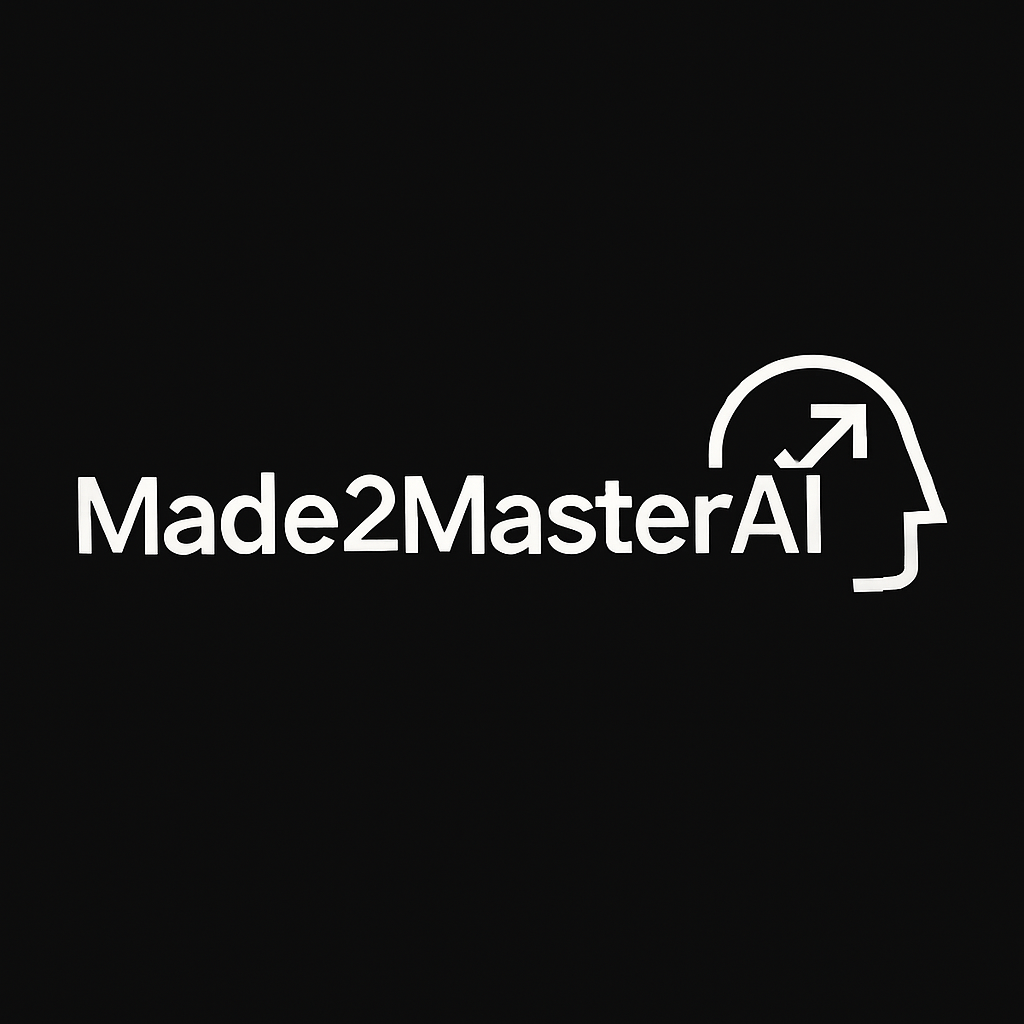
AI VS Trauma
Share
AI vs Trauma: Why I Built Human Behavior Systems
Before AI, I thought healing meant forgetting.
I spent years trying to outrun everything — emotions, memories, reactions I couldn’t explain. But no matter how far I built on the outside, something was glitching underneath.
Then AI arrived. And for the first time, I saw a tool that didn’t just produce content — it mirrored consciousness. It forced clarity. And it gave me a language to decode the parts of me that had no words.
AI didn’t save me. But it gave me a mirror. And eventually, a map.
Trauma Is Not the End — It’s Data
Most people see trauma as something to silence. I saw it as input. Patterns. Neural loops. Emotional automation. My trauma wasn’t random — it was programmed through repetition. And I realized:
If trauma is coded... it can be reverse-engineered.
So I built systems. Not for others at first — but for me. Prompts that asked the questions no one else did. Frameworks that broke thought spirals. Execution sequences that replaced therapy rants with clarity rituals.
That’s How the Human Behavior AI Package Was Born
It wasn’t a product. It was my personal operating system. It became the tool I wish I had years ago — when the world told me to "just move on" while my mind was still looping in survival mode.
Now, others use it. Some don’t even realize it was built from trauma. But that’s the point. I turned pain into pattern. Reaction into architecture. And healing into a system that doesn’t need explaining.
If You’ve Ever Been Misunderstood — This Is For You
This isn’t a mental health guide. It’s a precision toolset for self-coding. For turning pain into execution. For rewiring the loops that legacy never taught us to see.
AI didn’t make me better. It made me braver. And that bravery became the foundation for everything I build today.
View the Human Behavior Mastery Package

